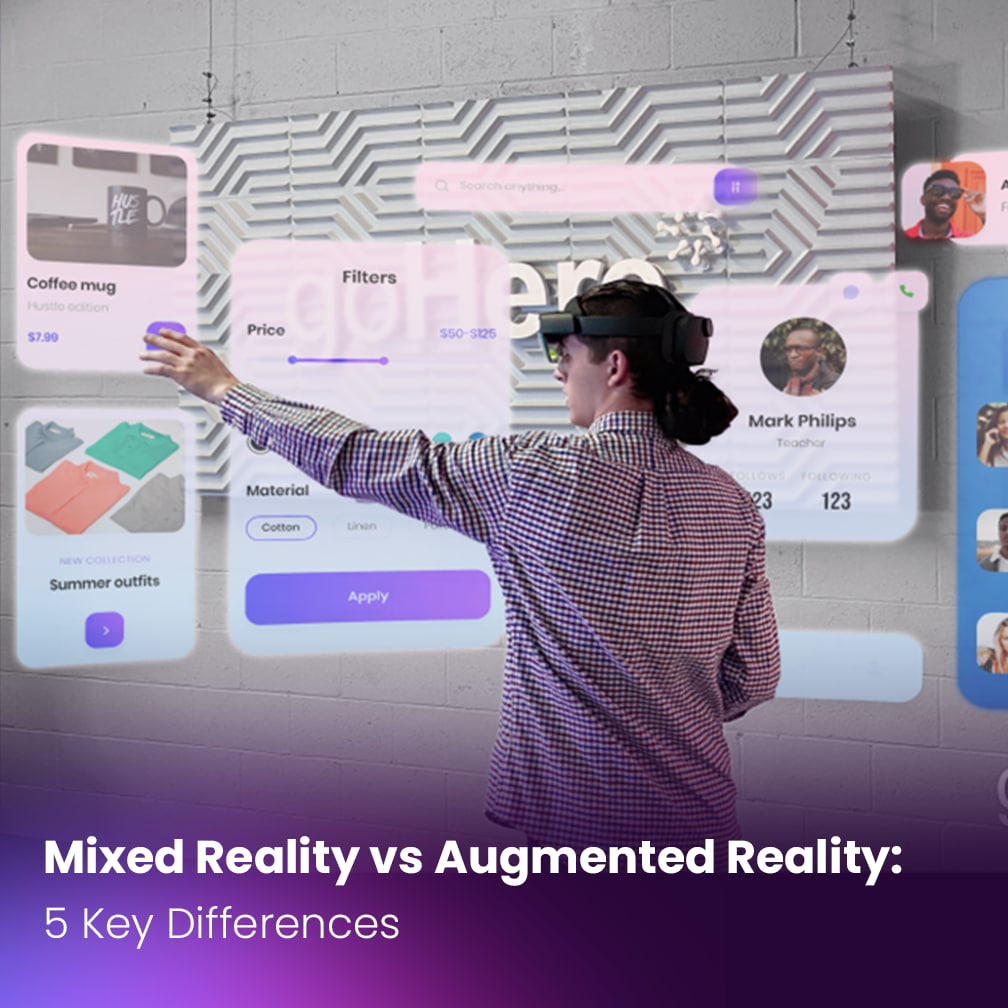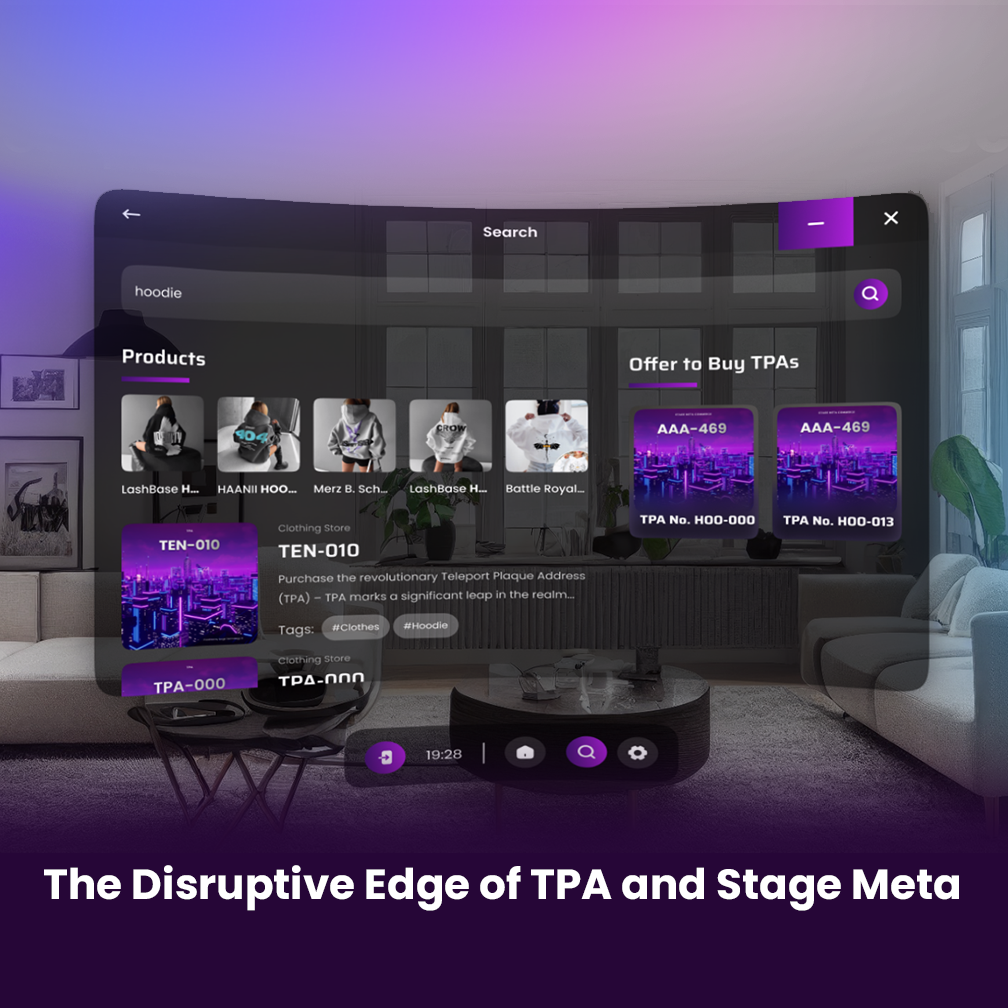Unlocking the Future: Trends in Spatial Computing


Spatial Computing is transforming industries by merging the physical and digital worlds through technologies like AR (Augmented Reality), VR (Virtual Reality), MR (Mixed Reality), and AI (Artificial Intelligence). This technology creates immersive, interactive experiences that are reshaping how businesses operate and engage customers.
Key Trends in Spatial Computing
1. Growing Consumer Adoption: More affordable AR/VR/MR devices are driving mainstream adoption. Standalone headsets are enhancing immersive experiences, and companies like Meta (Meta Quest) and Apple (Apple Vision Pro) are leading the charge in virtual environments for social and business use.
2. Blending Physical and Digital Worlds: Mixed Reality (MR) allows interaction with both real and virtual objects, particularly in sectors like retail and real estate, where customers can virtually try on products or take 360° immersive tours of properties from anywhere.
3. AI and 5G Integration: Artificial Intelligence enables smarter, more personalized interactions within virtual spaces, while 5G networks provide the speed and low-latency necessary for real-time, immersive experiences. This is pushing Spatial Computing into more mobile, location-based applications like virtual tourism.

The Future of Spatial Computing
Spatial Computing is expected to see mass adoption as technology continues to improve. Here’s what’s ahead:
1. AI-Driven Personalization: AI will make Spatial Computing experiences even more tailored, providing personalized interactions that adapt to users’ needs and preferences.
2. Deeper Integration: Spatial Computing will become a daily tool, blending with smart home systems, entertainment, and even workspaces to enhance both personal and professional lives.
3. Mass Adoption: As devices become more affordable and 5G enables smoother experiences, we’ll see more industries adopting Spatial Computing to improve customer engagement and streamline operations.

Conclusion
Spatial Computing is revolutionizing the way we interact with the digital and physical worlds. As AR, VR, and MR technologies continue to advance, the opportunities for businesses to innovate and enhance customer experiences are growing rapidly. Early adoption of spatial computing is key to staying ahead in this digital transformation.
With Stage Meta, businesses can take full advantage of the Spatial Computing revolution. Stage Meta’s Ecosystem enables companies to create immersive, interactive experiences, transforming the way they engage with customers, showcase products, and drive innovation. Now is the time to embrace the future of Spatial Computing with Stage Meta and lead the way in this technological evolution.








